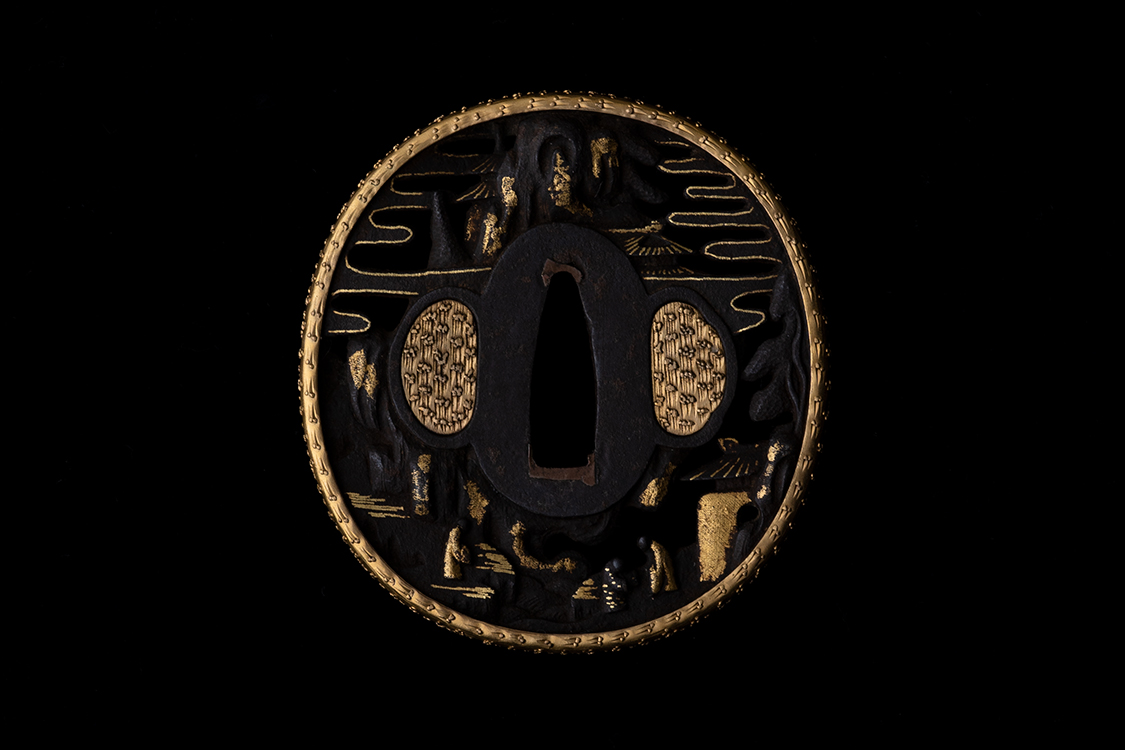ブライダル
bridal
伝統技術
crafts
-
ジュエリーjewelry
-
ハイジュエリーhigh jewelry
-
オプションoptions

奏であう素材の妙に
ふたりの個性を重ねて
象嵌(ぞうがん)は、象る(かたどる)と
嵌める(はめる)を組み合わせた言葉で、
江戸初期に繁栄した金工表現技法のひとつ。
刀や甲冑などの武具装飾にはじまり、
のちに鏡や根付重箱などの美術装飾へと発展。
地金に鏨(たがね)で彫金などを施した部分に
金や銀などの素材を埋め込んで模様を象ります。
ふたりを象徴するふたつの素材が重なり、
うつくしい旋律を奏であう。
A couple’s individuality combined with a
wondrous melody of materials.
Zogan is a word made up from two Chinese
characters meaning mold or shape,
and insert or inlay.
Zogan was a thriving form of metalwork expression
in the early Edo period.
Initially used to decorate swords and armor,
the technique was later used to adorn mirrors,
netsuke, and multitiered boxes.
Patterns are created by inlaying gold or silver
into sections of chisel-carved metal.
Overlapping two materials symbolizing two people
to create a beautiful melody.
